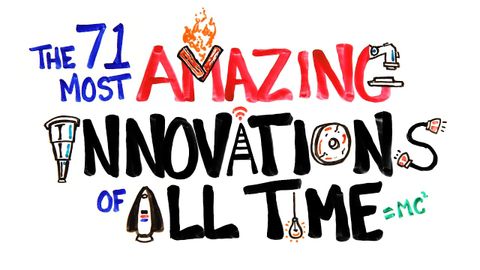
Subtitles & vocabulary
The 71 Most AMAZING Innovations of All Time
00
林宜悉 posted on 2020/04/04Save
Video vocabulary
tend
US /tɛnd/
・
UK /tend/
- Intransitive Verb
- To move or act in a certain manner
- Transitive Verb
- To take care of
A2
More bias
US /ˈbaɪəs/
・
UK /'baɪəs/
- Noun (Countable/Uncountable)
- Preference to believe things even if incorrect
- A systematic error in a statistical result
- Transitive Verb
- To unfairly favor one view over another
- To cause someone to have prejudice
B1TOEIC
More ability
US /əˈbɪlɪti/
・
UK /ə'bɪlətɪ/
- Noun (Countable/Uncountable)
- The power, resources or skill to do something
- A particular skill or talent.
A2TOEIC
More prevent
US /prɪˈvɛnt/
・
UK /prɪ'vent/
- Transitive Verb
- To stop something from happening or existing
A2TOEIC
More Use Energy
Unlock All Vocabulary
Unlock pronunciation, explanations, and filters
